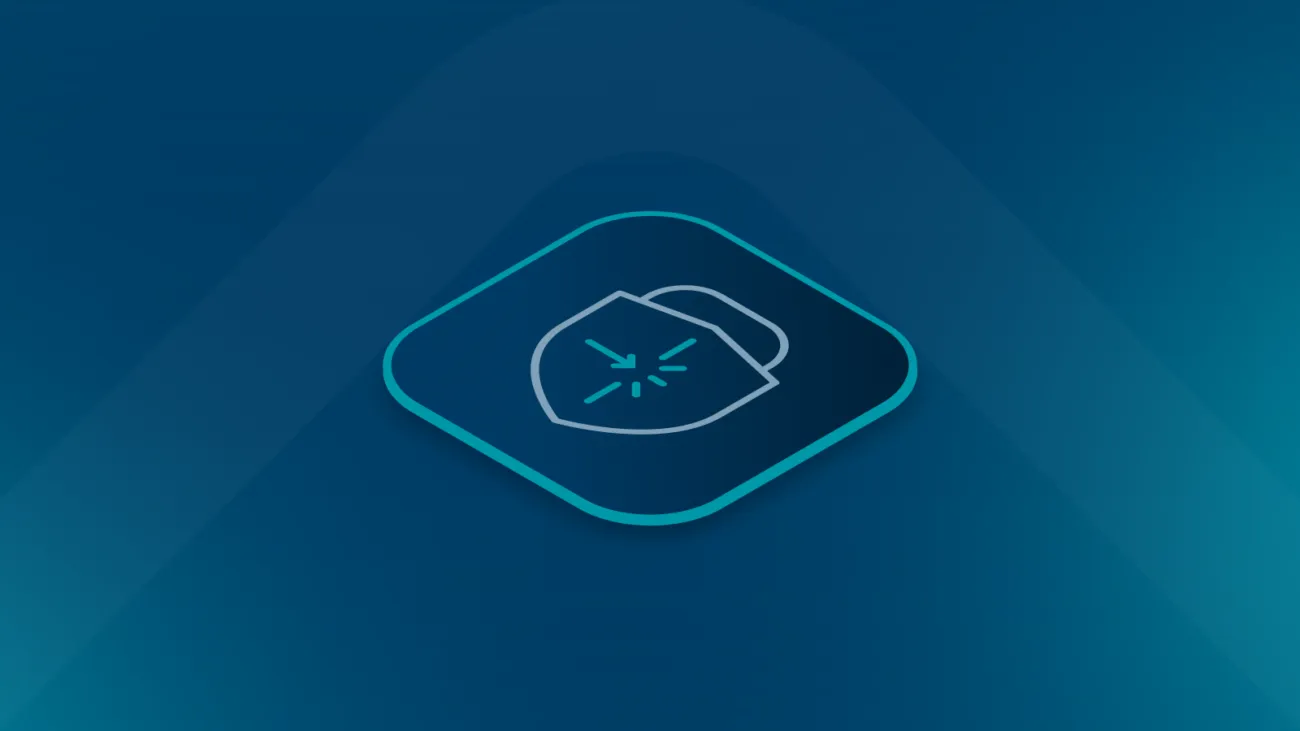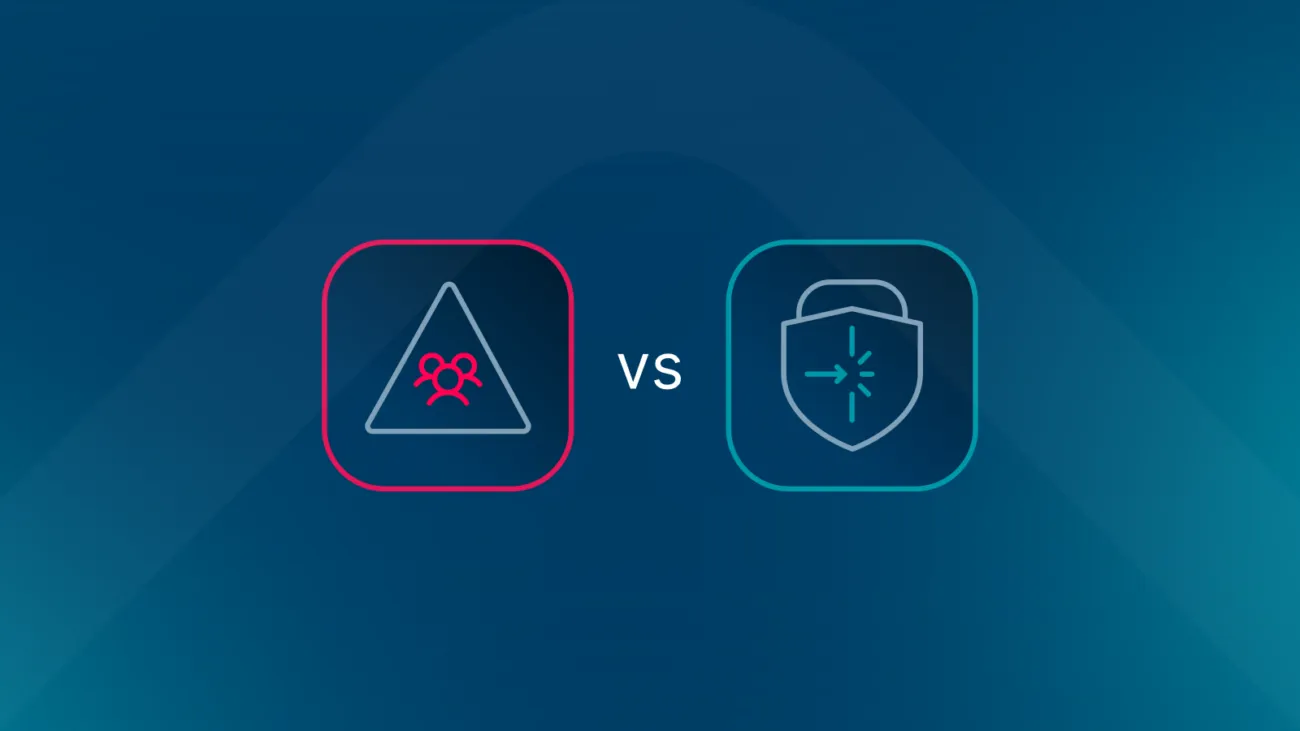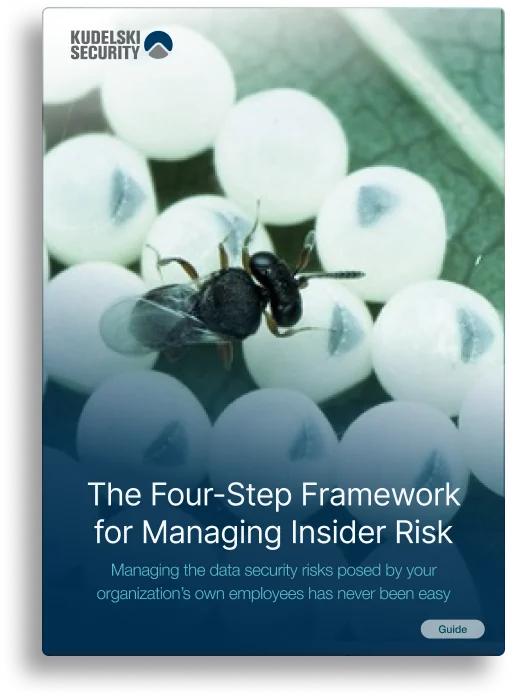From Weakest Link to Human Firewall: Redefining the Human Role in Cybersecurity
For decades, the dominant cybersecurity narrative has positioned people as liabilities – “the weakest link” in an otherwise technical chain. It’s a phrase that has echoed through boardrooms and post-incident reports alike. Yet, beneath its simplicity lies a flawed assumption: that human error is the primary cause of breaches, rather than a symptom of deeper systemic and organisational weaknesses.
Drawing on cross-domain research in safety science, human factors engineering, and organisational psychology, a growing body of evidence – now consolidated through recent academic research – challenges that assumption. The truth is more complex, and far more actionable for security leaders: most “human errors” in cybersecurity arise not from carelessness, but from the predictable interaction of cognitive limits, poor usability, unrealistic procedures, and unsupportive culture.
The Weakest Link Myth – and Its Consequences
Once IBM and others began reporting that “95% of breaches involve human error,” the message was clear: users were to blame. The response across industry was swift but simplistic – awareness training, stricter controls, and punitive policies. Unfortunately, these measures often increased the very risks they were meant to reduce.
Human-factors research shows that when users face friction between policy and productivity, they default to the path of least resistance. Cumbersome password rules lead to unsafe reuse. Frequent multi-factor prompts induce “security fatigue.” Fear-based campaigns suppress incident reporting. In effect, “blame-and-train” approaches cultivate compliance theatre rather than meaningful security behaviour.
As in aviation and healthcare before it, cybersecurity is learning that focusing on the operator, rather than the system, is a strategic dead end. Safety science’s Swiss Cheese Model (Reason, 1990) shows that accidents rarely stem from a single “bad apple,” but from multiple small weaknesses – latent conditions – aligning across organisational layers. In cyber contexts, these include confusing interfaces, inadequate policies, and conflicting priorities between IT and business operations. The final “click” is just the last visible link in a much longer causal chain.
From Blame to Systems Thinking
Shifting from a user-centric to a system-centric view requires recognising that people don’t fail in a vacuum – they fail in contexts shaped by design, workload, incentives, and leadership tone. A system that sets employees up to fail is one that has already failed.
Consider three categories of latent error traps identified across cyber environments:
· Procedural traps: Conflicting or unrealistic policies that make compliance impossible. For instance, strict prohibitions on USB devices paired with workflows that still rely on removable media guarantee violations.
· Design traps: Poorly usable interfaces, excessive alerts, or ambiguous prompts. When warnings are frequent and poorly explained, users learn to ignore them.
· Cultural traps: Environments that punish mistakes rather than learn from them. In such settings, people hide errors instead of reporting them, depriving the organisation of crucial learning opportunities.
The practical takeaway for CISOs is clear: preventing human error begins long before the moment of action. It starts by diagnosing and removing the traps that make error inevitable.
Reframing the Human Element
The idea of the human firewall emerged as a counterpoint to the weakest link narrative – an attempt to reclaim the human role as active defender. But as with all metaphors, its effectiveness depends on interpretation. If it implies heroic vigilance by individual users, it risks perpetuating an unrealistic burden. The more useful reading is architectural: humans as integral, adaptive layers in a socio-technical defence system.
People are not passive endpoints; they are dynamic components who adapt, improvise, and compensate for system flaws daily. Hollnagel’s Safety-II perspective reminds us that we should learn not only from failure but from success – understanding how people routinely prevent incidents despite system weaknesses. Security programmes that capture and amplify these positive deviations build resilience rather than compliance.
In short, resilience engineering applies as much to people as to infrastructure. The goal is to enable secure performance, not merely to prevent insecure acts.
Designing for Human Performance
Empirical studies consistently show that usability and design are among the strongest determinants of security behaviour. In one landmark experiment, researchers Adams and Sasse (1999) found that employees who bypassed security controls were not negligent but rational - they prioritised completing their work when security processes created friction. This principle, long recognised in ergonomics, is known as psychological acceptability (Saltzer & Schroeder, 1975): security mechanisms must align with human capabilities and work contexts, or they will be circumvented.
For CISOs, this translates into a secure-by-design mandate that extends beyond code to encompass cognitive design. Policies, interfaces, and workflows must be tested for real-world usability under realistic workload conditions. Human error is rarely an individual failure; it is a predictable outcome of design mismatches.
Building the Conditions for a Human Firewall
Transforming users into a resilient line of defence requires an ecosystem that supports them cognitively, socially, and organisationally. Research across domains points to four practical levers:
1. Usability as control design. Incorporate user testing into security control deployment. Treat friction as a measurable risk factor.
2. Psychological safety and just culture. Replace punitive post-incident reviews with structured learning processes that distinguish between mistakes, violations, and systemic failures. Encourage reporting of near misses as data, not confessions.
3. Empowerment and communication. Involve employees in shaping security processes. Communicate why controls exist, not just what to do. Autonomy fosters compliance far more effectively than coercion.
4. Metrics that matter. Track human-risk indicators – error rates, reporting rates, workload measures – as leading indicators of systemic health, not personal blame.
These levers operationalise what safety-critical sectors discovered decades ago: humans are not the problem to be fixed, but the adaptive solution to be supported.
Conclusion: From Liability to Line of Defence
Reframing the human element in cybersecurity is not a rhetorical exercise – it is a strategic imperative. Blame-based paradigms waste resources addressing symptoms while ignoring systemic roots. A systems view, grounded in human-factors science, equips leaders to engineer security environments where human error is less likely and recovery is faster when it occurs.
The human firewall is not a metaphor for perfection. It is an acknowledgement that secure behaviour emerges from well-designed systems, supportive culture, and leaders who understand that resilience is built, not commanded.
For CISOs, this means moving beyond “awareness” toward architecting human performance – integrating usability, trust, and organisational learning into the fabric of cyber defence. Only then can the industry truly replace the weakest link narrative with something stronger: the human as an intelligent, empowered, and indispensable component of resilient cybersecurity.
If you’re rethinking the “weakest link” narrative and want practical next steps such as usability reviews, just-culture playbooks and human-risk metrics, we’re here to help. Start the conversation.















.jpg)


